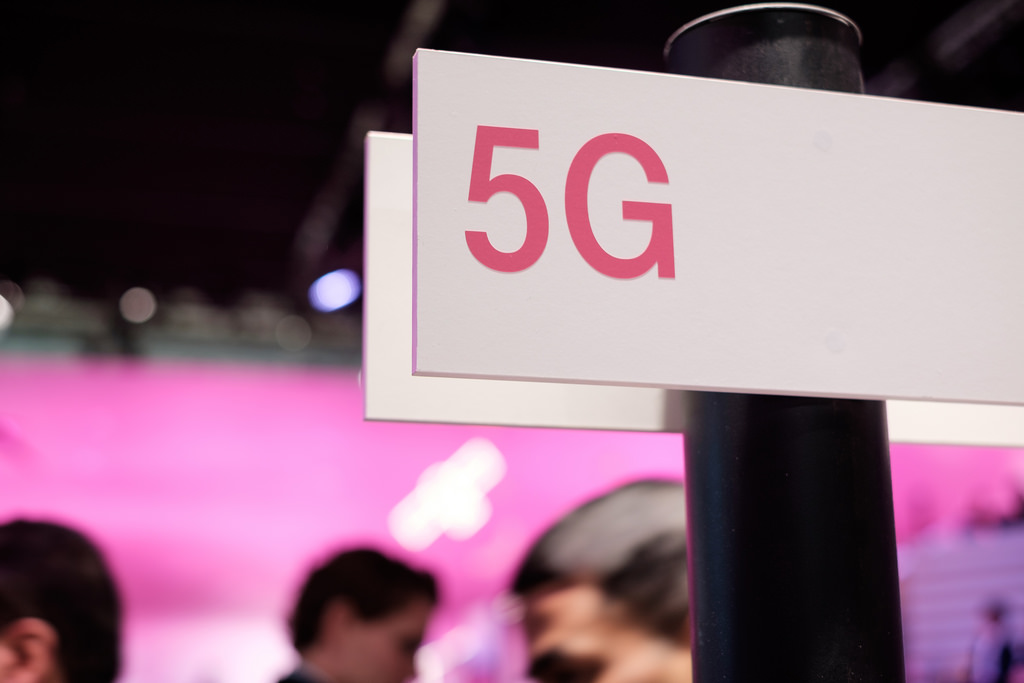
ABI research has warned that global telco cloud networks could reach critical mass after 2020, with the addition of 5G technologies.
The research company believe that in order for telcos to continue and maintain growth, a new core network will likely be required in order to allow advanced concepts, such as network slicing, to be used.
There will be no immediate need for a new core network during the early adopter phase of 5G, as this will be focus more on enhanced mobile broadband, but as data volumes increase so will the need for a new infrastructure.

Dimitris Mavrakis, Research Director at ABI Research, said: “Although telcos are transforming their technology and business platforms to become more agile and to evolve past their monolithic access-based business models, they are finding it much more challenging than anticipated.
“Software, cloud computing, and open source are promising and will simplify operations, but in the short term, telcos are preferring to rely on their trusted vendors to continue this journey.”
Currently, companies like AT&T, DT, Telefonic, and Verizon are moving towards utilising their networks as shared platforms. In future this will allow them to utilise a much more versatile network by distributing virtualised and software controlled resources.
Eventually, ABI says, this will allow telcos to implement an “Untelco” strategy in which networks can be better tailored and eventually sold to different verticals.
However, ABI also believes that end-to-end cloud contracts will still prove to be popular in the years to come. Telefonic O2 UK recently contracted Nokia for a cloud native packet core, something which could prove difficult to develop in house with a more open plan network.
Mavrakis said: “The golden ratio is somewhere between end-to-end systems and open source components, if vendors provide open interfaces and flexibility to integrate third-party and smaller vendors.”
5G is expected to begin rolling out globally by 2020, which should give telcos to adapt to the coming changes.






